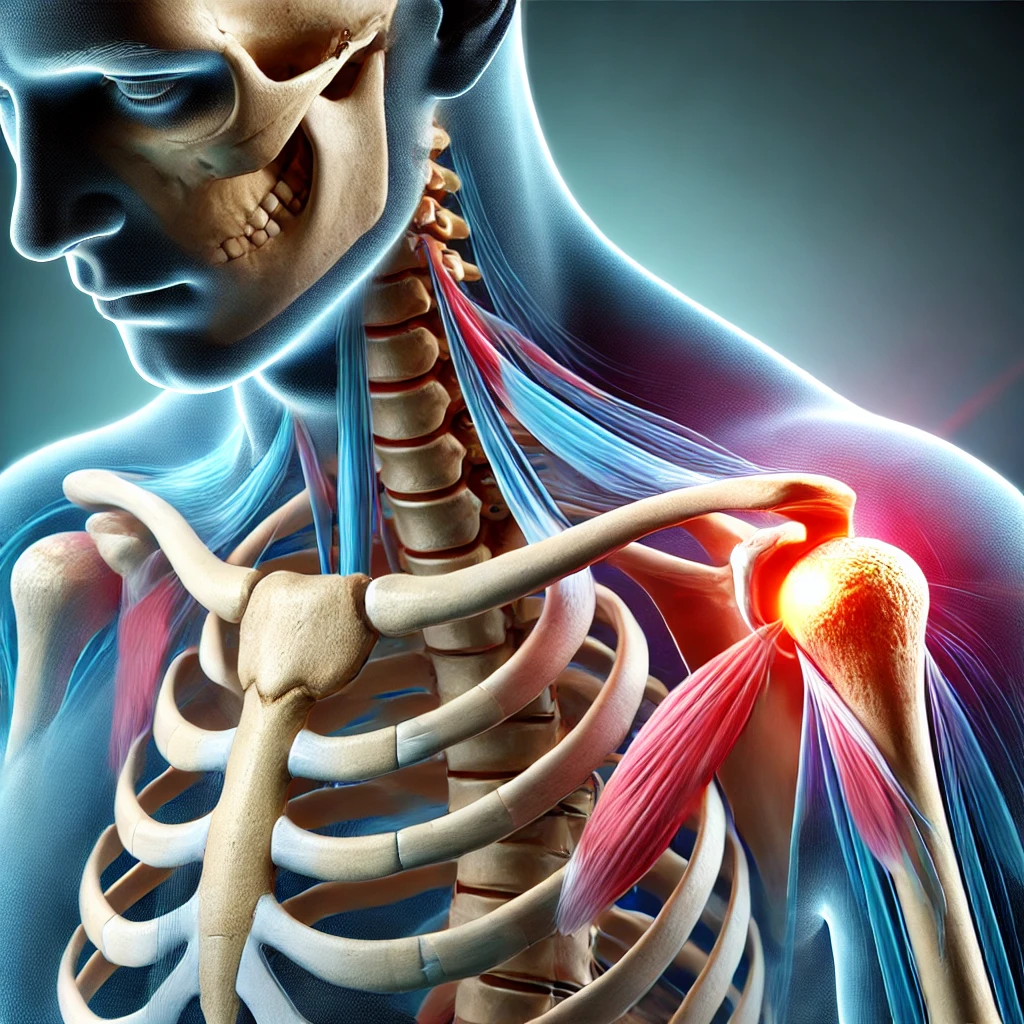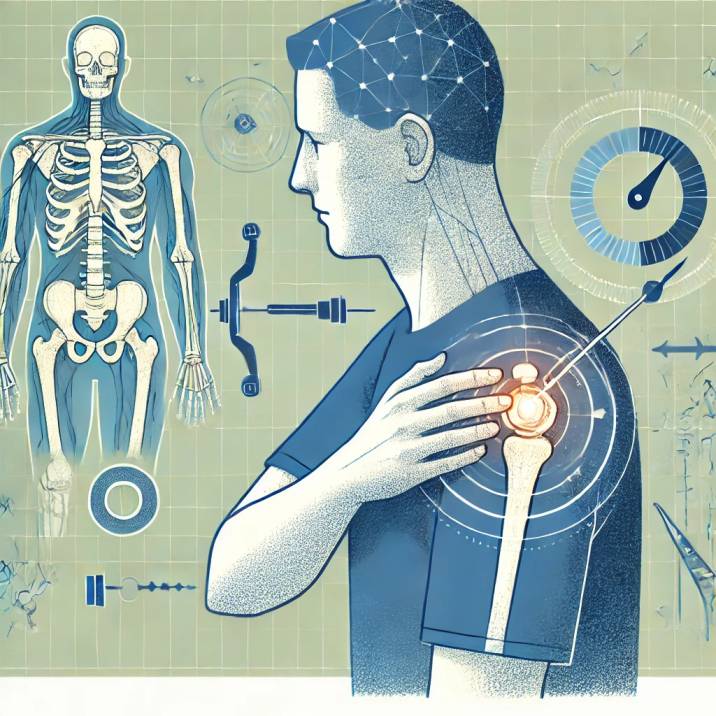Shoulder pain can be debilitating and complex to diagnose due to the shoulder’s intricate anatomy and range of motion. While traditional diagnostic methods like physical exams and imaging studies are standard, recent advancements in diagnostic technology are offering more precise and comprehensive evaluations of shoulder conditions. This article explores innovative diagnostic techniques that are enhancing the understanding and management of shoulder pain.
The Complexity of Shoulder Pain Diagnosis
The shoulder is one of the most mobile and complex joints in the body, comprising bones, muscles, tendons, and ligaments that work together to provide a wide range of motion. Diagnosing the exact cause of shoulder pain can be challenging due to overlapping symptoms and the variety of potential issues, such as:
- Rotator Cuff Injuries: Tears or inflammation in the rotator cuff tendons.
- Labral Tears: Damage to the ring of cartilage that surrounds the shoulder socket.
- Impingement Syndrome: Compression of shoulder tendons during arm movements.
- Osteoarthritis: Degeneration of joint cartilage leading to pain and stiffness.
- Bursitis: Inflammation of the bursae, the fluid-filled sacs that reduce friction in the joint.
Innovative Diagnostic Techniques
1. Magnetic Resonance Imaging (MRI) with Contrast
MRI with contrast dye enhances the imaging of soft tissues, making it easier to identify subtle injuries or abnormalities. This technique is particularly useful for detecting:
- Labral Tears: Detailed images can reveal tears in the labrum that might be missed on a standard MRI.
- Small Rotator Cuff Tears: Enhanced imaging provides a clearer view of the tendons and muscles.
Benefits:
- High Resolution: Provides detailed images of soft tissues.
- Non-Invasive: No surgical intervention required.
Studies and Evidence:
- Research published in the Journal of Magnetic Resonance Imaging demonstrates the superiority of contrast-enhanced MRI in diagnosing shoulder injuries.
- A study in Radiology highlights the effectiveness of MRI with contrast in identifying labral and rotator cuff tears.
2. Ultrasound Elastography
Ultrasound elastography measures tissue stiffness and elasticity, providing real-time data on the mechanical properties of shoulder structures. This technique is beneficial for diagnosing:
- Tendinopathy: Detects changes in tendon structure and stiffness.
- Muscle Tears: Assesses the extent of muscle injuries.
Benefits:
- Real-Time Imaging: Allows for dynamic assessment of the shoulder during movement.
- Non-Invasive and Radiation-Free: Safe for repeated use.
Studies and Evidence:
- According to a study in the American Journal of Roentgenology, ultrasound elastography is effective in diagnosing rotator cuff tendinopathy.
- Research in Ultrasound in Medicine & Biology supports the use of elastography for evaluating muscle stiffness and elasticity.
3. 3D Motion Analysis
3D motion analysis uses sensors and cameras to capture and analyze shoulder movements in three dimensions. This technique helps in understanding the biomechanics of the shoulder and identifying:
- Movement Disorders: Detects abnormalities in shoulder kinematics.
- Functional Impairments: Assesses how injuries affect shoulder function.
Benefits:
- Comprehensive Analysis: Provides detailed data on shoulder mechanics.
- Functional Assessment: Evaluates the shoulder in real-world movements.
Studies and Evidence:
- A study in Clinical Biomechanics highlights the utility of 3D motion analysis in diagnosing shoulder movement disorders.
- Research in Journal of Orthopaedic Research demonstrates how 3D motion analysis can improve the understanding of shoulder biomechanics in patients with impingement syndrome.
4. Dynamic Ultrasound
Dynamic ultrasound involves imaging the shoulder while it is in motion, providing insights into how structures interact during movement. This is particularly useful for:
- Impingement Syndrome: Observes the interaction of tendons and bones during arm movements.
- Instability: Detects abnormal shoulder movement patterns.
Benefits:
- Real-Time Imaging: Captures the shoulder’s dynamic function.
- Non-Invasive: Safe and easy to perform.
Studies and Evidence:
- Research in Skeletal Radiology supports the effectiveness of dynamic ultrasound in diagnosing shoulder impingement.
- A study in Journal of Ultrasound in Medicine shows how dynamic ultrasound can identify shoulder instability.
Integrating Innovative Techniques with Traditional Methods
Combining these advanced diagnostic techniques with traditional methods can provide a more comprehensive understanding of shoulder pain. For instance, using MRI with contrast alongside physical examination and patient history can enhance diagnostic accuracy.
Innovative diagnostic techniques are revolutionizing the way shoulder pain is understood and managed. Technologies such as MRI with contrast, ultrasound elastography, 3D motion analysis, and dynamic ultrasound offer detailed and precise evaluations that traditional methods may miss. These advancements not only improve diagnosis but also guide more effective treatment strategies, ultimately enhancing patient outcomes.
For those experiencing shoulder pain, consulting with a healthcare provider who has access to these advanced diagnostic tools can lead to more accurate diagnoses and better-tailored treatments. As research and technology continue to evolve, the future of shoulder pain management looks promising.

